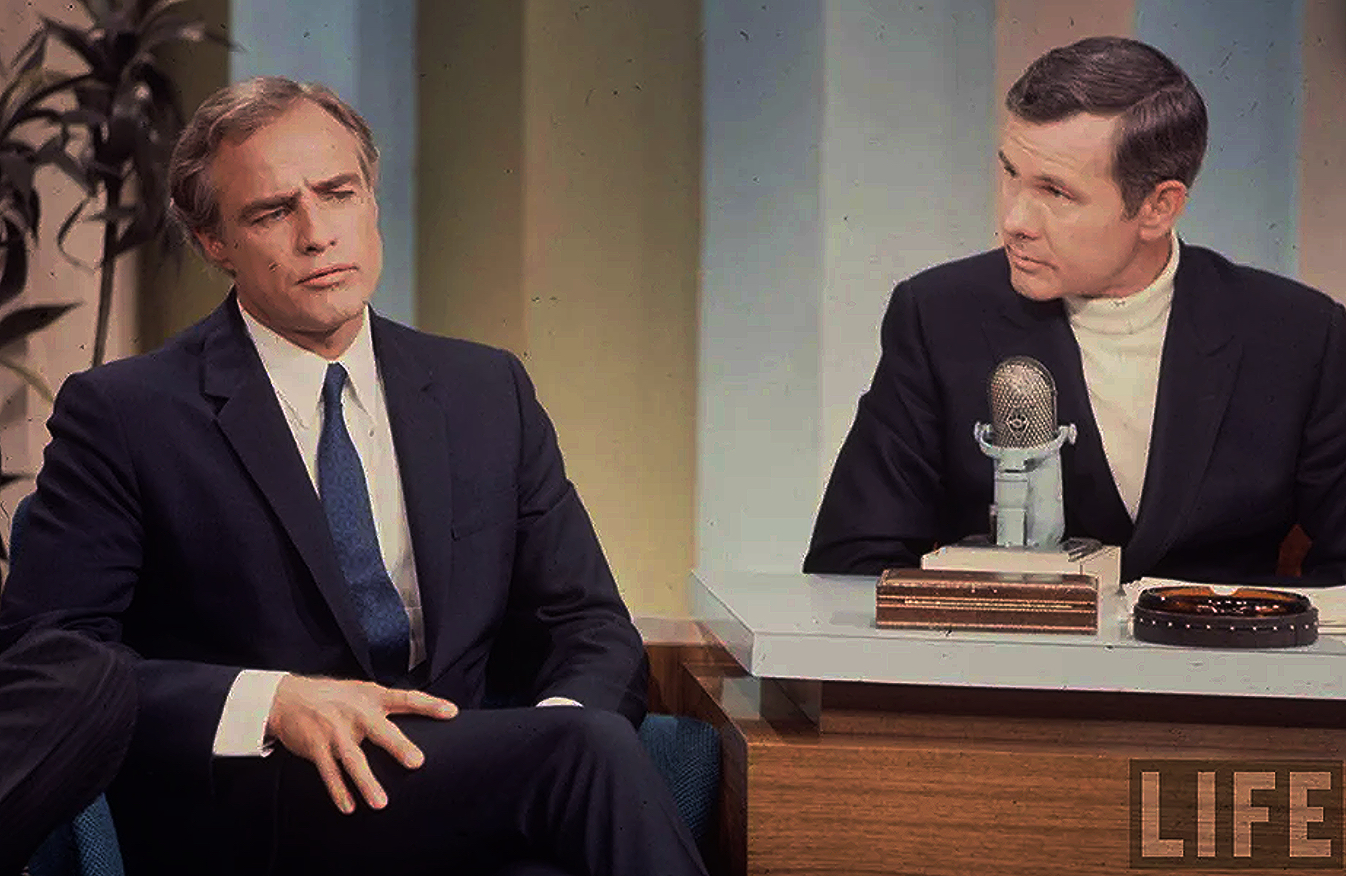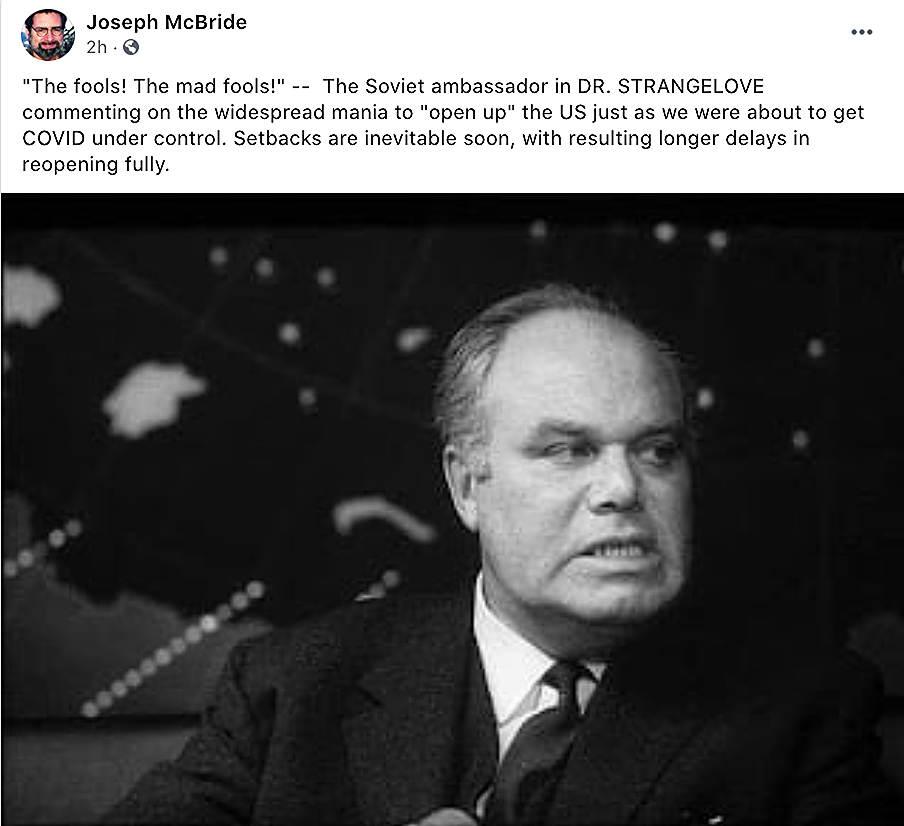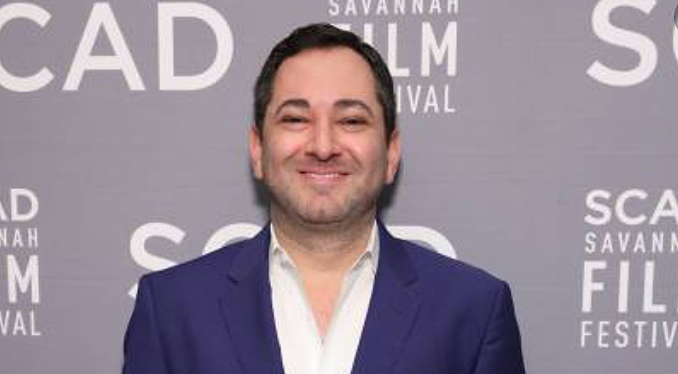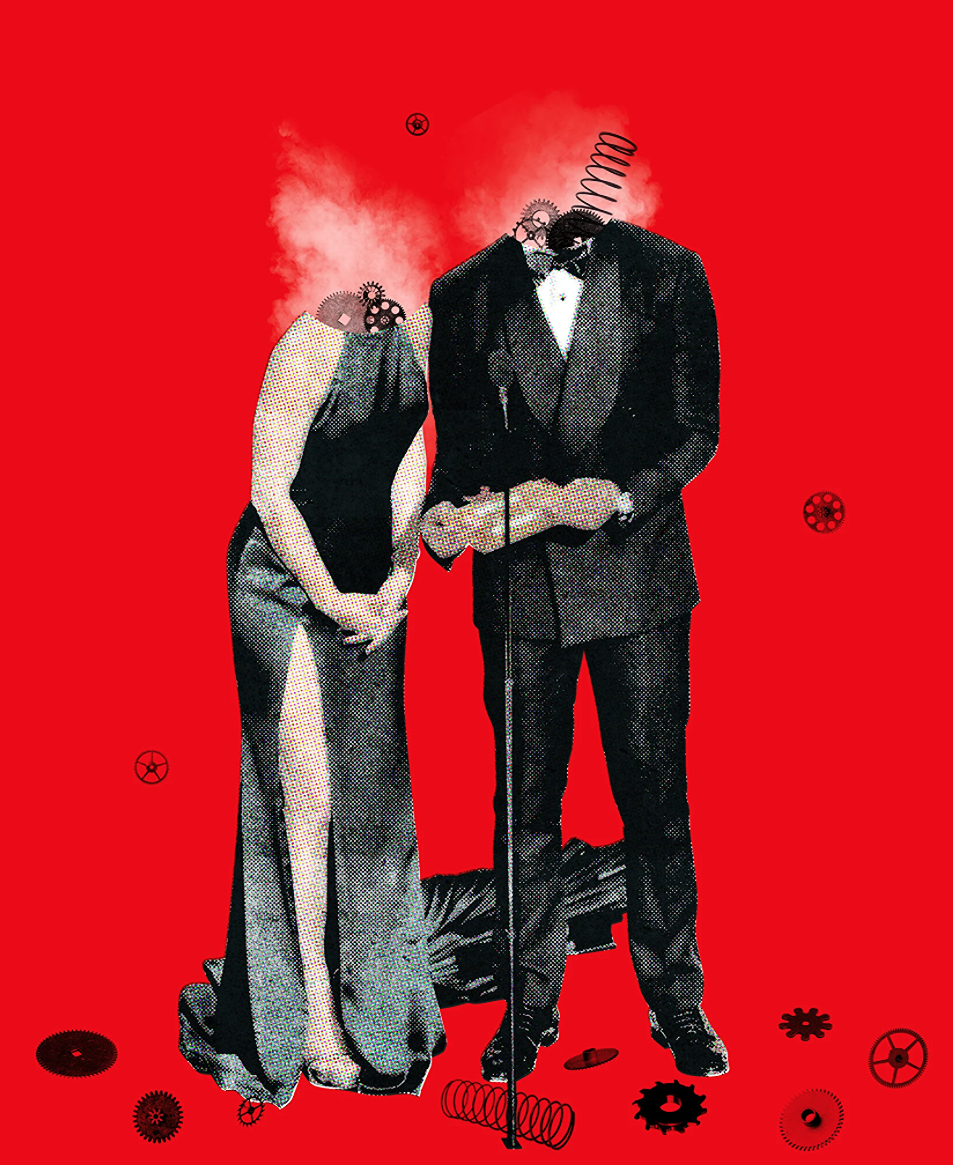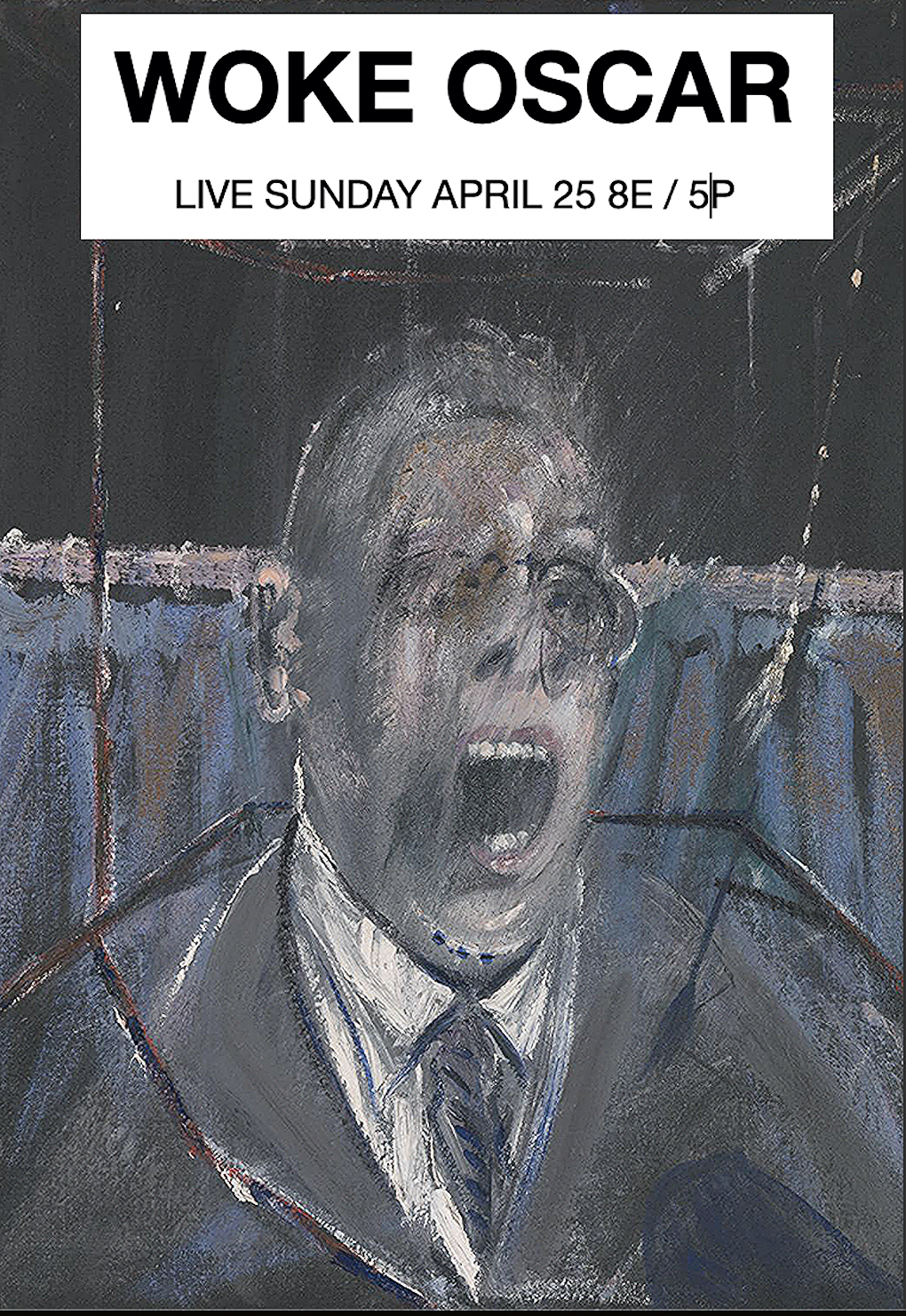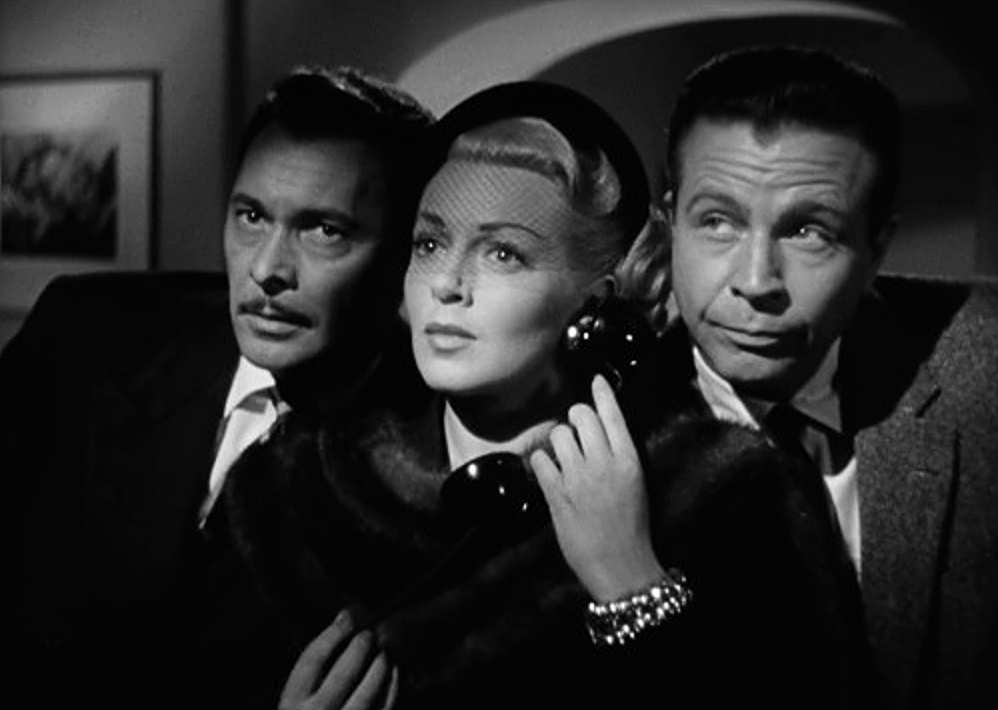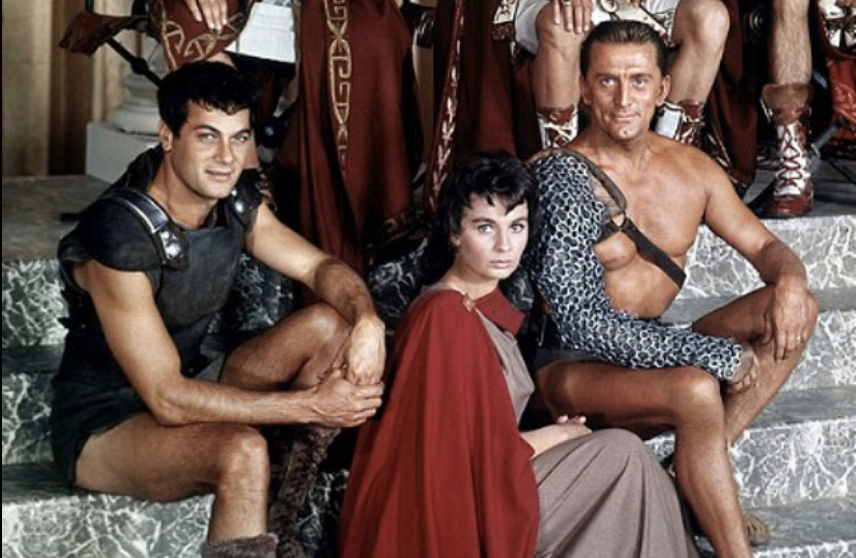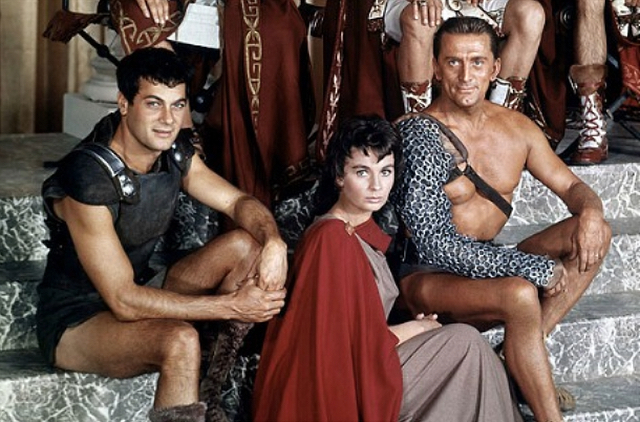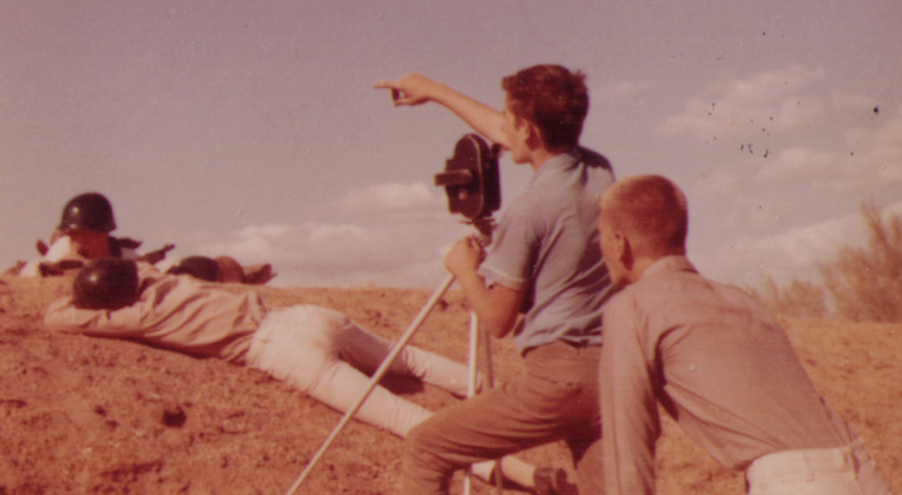Friendo: I just watched this remarkable conversation again, taped on 5.11.68. Portions of it sound like it happened last night.
HE: Yeah, “portions.” Brando suggested that everyone should donate 1% of their incomes to MLK’s organization — an idea that melted the second it passed his lips. Like many superstars Brando was living in his own world. Compassionate and kind-hearted and far-sighted but at the same time isolated, pie in the sky, affluent indulgence, Tahiti man.
Why, incidentally, is this in black and white? The Tonight Show began broadcasting in color in September 1960.
If a 96 year-old Brando was somehow still with us, he would probably be seen more for his historic failings and foibles than his views on racism, and even if he was respected by Millennials and Zoomers he’d certainly be no fan of cancel culture fanaticism. Marlon might’ve even become a regular HE commenter. His handle could’ve been “budomaha” or “Jor-El.”
The May ‘68 reality was a full worldwide tilt (convulsive Paris protests, Prague spring, spillover from January’s Tet offensive in Vietnam, “Jumpin’ Jack Flash“, LBJ dropping out) and driven by Herbert Marcuse, Howard Zinn, the expanding psychedelic Beatles brand and the exposing of Sexy Sadie, the New Left, the wonderful abundance of cheap pot and LSD, great music and nonstop libertine celebrations. The US was engulfed that year by upheaval, confrontations, anti-war demos, urban riots, SDS, burning cities, RFK’s murder…’68 was the most tumultuous year of the 20th Century.
And what did it all produce in the end? Middle-class horror and a conservative pushback, the election of Nixon and the creation of anti-left domestic operations, the murder of Fred Hampton and a prolonging of the war until the final US withdrawal in April ‘75.
Brando obviously believed in civic consciousness and doing the right thing, but his personal life was mainly (to go by Peter Manso) about whims and urges and appetites. His career had been downswirling since Mutiny on the Bounty. He reignited in ‘72 and ‘73 with The Godfather and Last Tango. Then he went down again. He looked pretty good in ‘68 but by the mid ‘70s he’d became an irrevocably rotund Buddha figure — a prisoner of late-night ice cream raids, driven on some level by self-loathing.
But yes, certainly, of course…sitting on Johnny Carson’s couch that night he sounded clear-eyed and morally righteous and ahead of the curve.
Friendo: And then the assassination of Bobby Kennedy a month later. But what’s interesting here is the noncontroversial Carson drinking the Kool-Aid, which was huge and also a risk for him as the King of Late Night, appealing as he was to his core conservative audience of golf-playing, plaid-pants-wearing milquetoast breadwinners and their Susie Homemaker wives.

